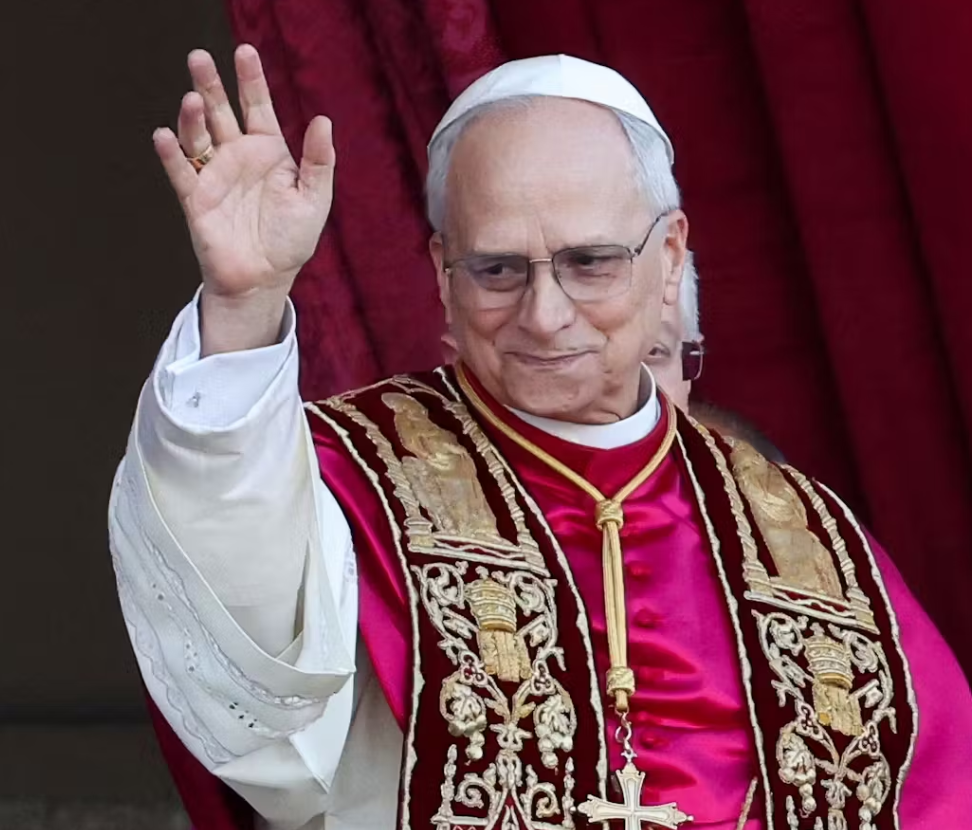In a revelation that adds a fascinating layer to our understanding of history, a study suggests that a warrior buried 900 years ago in Finland may have been non-binary. Unearthed in 1968, the grave, initially thought to belong to a woman due to the feminine attire and jewelry found, perplexed researchers with the presence of two swords, items not typically associated with female burials of that era.
The recent DNA analysis, as reported in the European Journal of Archaeology, has unveiled that the individual may have had Klinefelter syndrome, a condition where a person typically assigned male at birth has an additional X chromosome. This condition often presents subtly, affecting physical and reproductive development but not necessarily one’s external appearance or identity.
The burial’s blend of feminine and masculine symbols, including items usually reserved for women and an unused sword, points to a unique status that transcends traditional gender roles. The researchers suggest that the individual’s community in the early Middle Ages might not have strictly perceived them as male or female, indicating a level of acceptance and respect that challenges our preconceived notions of gender identity in historical contexts.
This discovery not only highlights the diversity and complexity of past societies but also echoes in today’s conversations about gender identity, suggesting that the spectrum of gender has been acknowledged in various forms throughout human history. It’s a testament to the idea that the past is not just black and white (or pink and blue, in this case) but is full of colors as diverse as humanity itself.
As historians and archaeologists continue to delve into the mysteries of the past, findings like these remind us that history is not just about dates and events but is a rich tapestry woven from the lives of real people, each with their own stories, struggles, and identities. This warrior from 900 years ago, now recognized as possibly non-binary, adds a unique thread to that tapestry, offering us a more nuanced and inclusive view of our shared human heritage.




